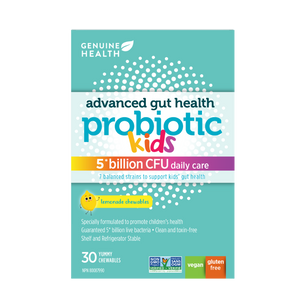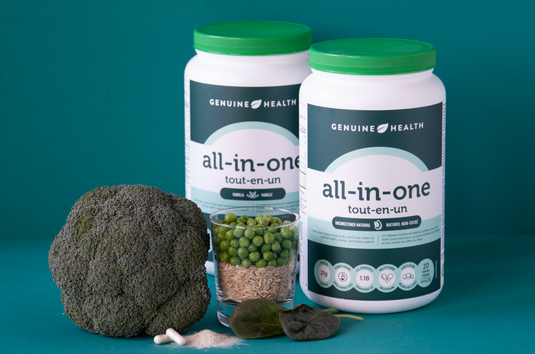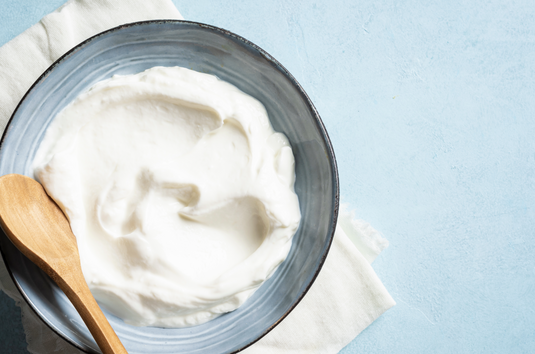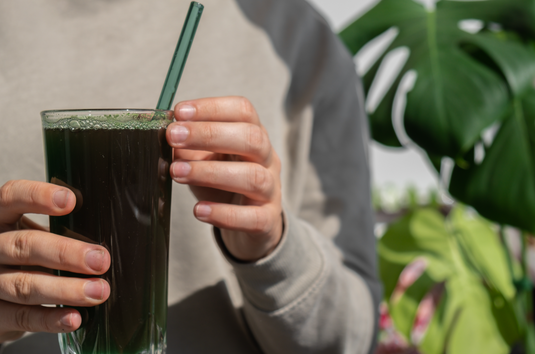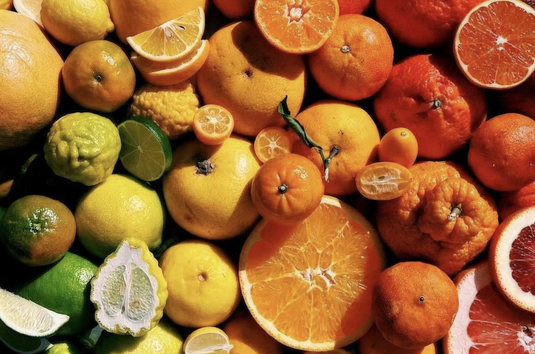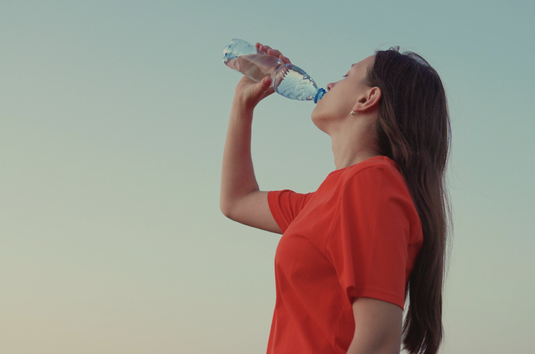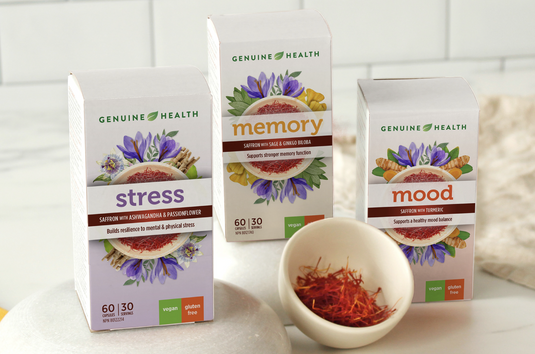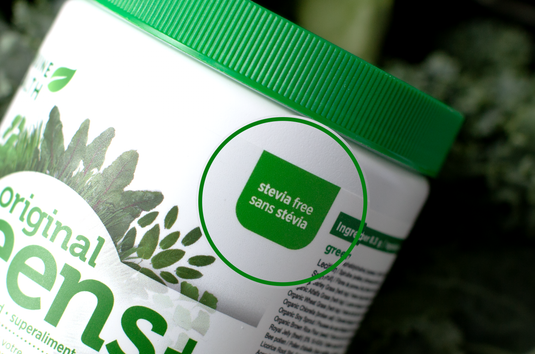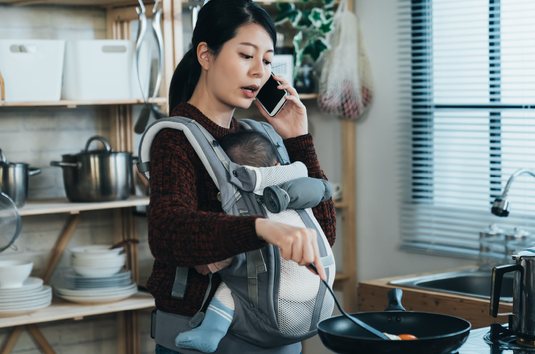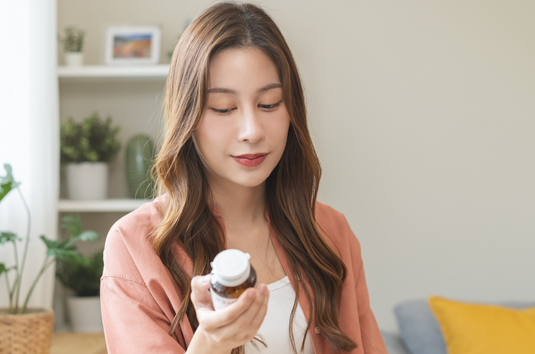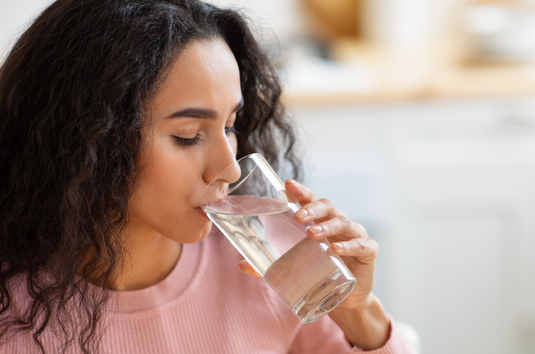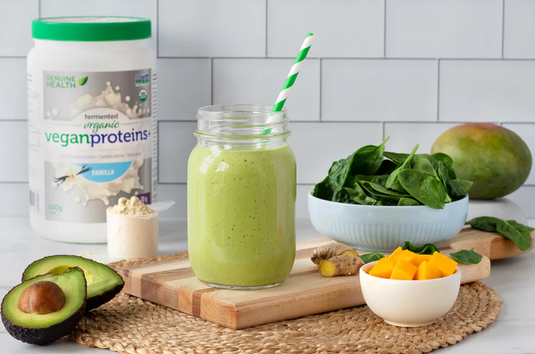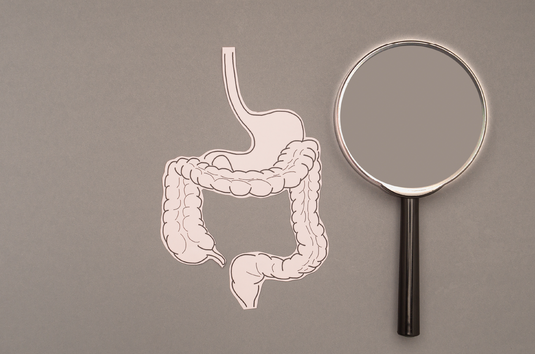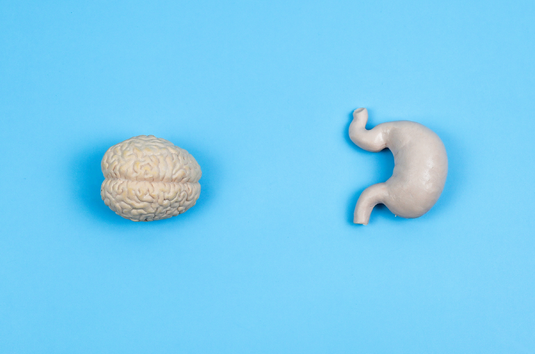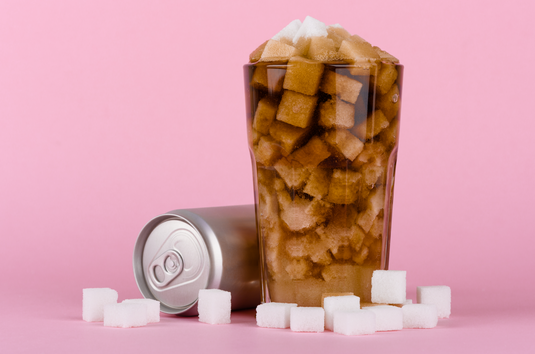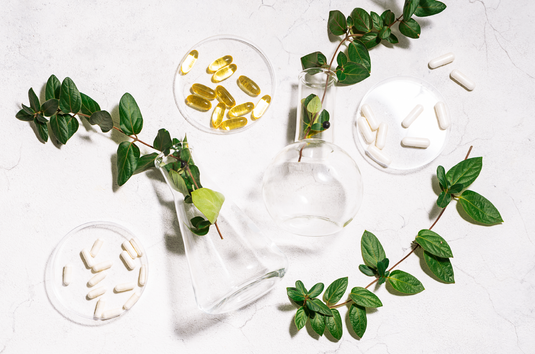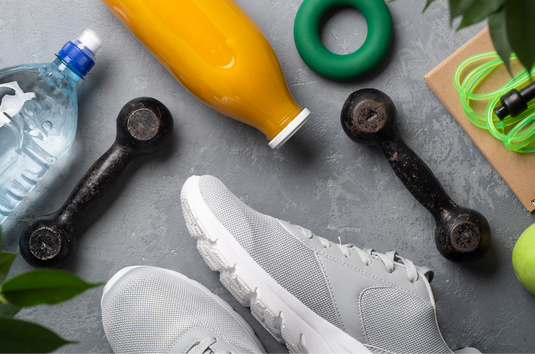Is EPA or DHA More Important for Kids?
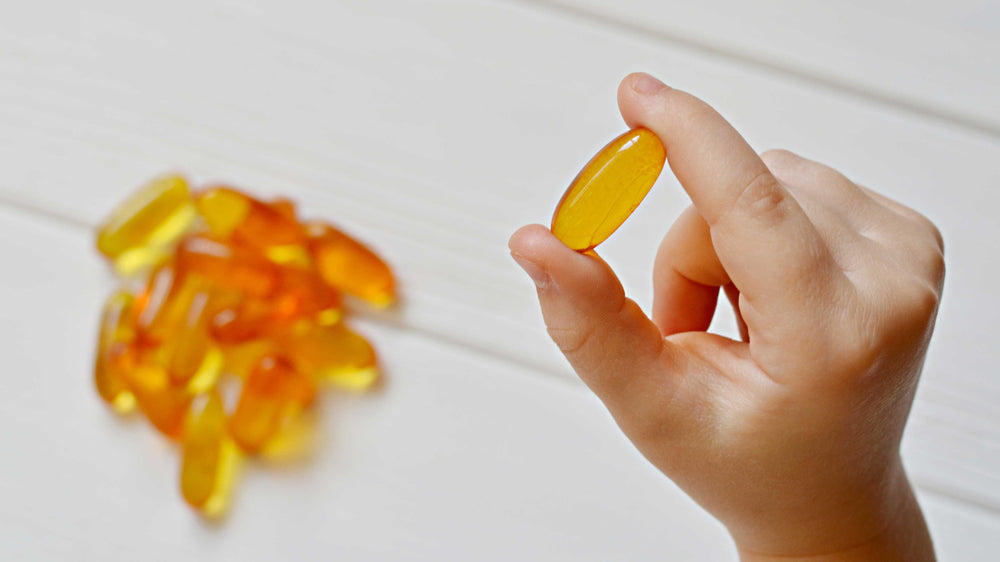
If you’re reading this, you’re likely aware that omega-3 essential fatty acids hold many amazing health benefits AND are a big part of the healthy development of children. But do you know why? And how do they do it?
What we’re really talking about with omega-3s, is EPA and DHA. These important omega-3s have their own individual structures and functions throughout the body:
So, which is better for a growing and developing child?
BOTH!
It has been a widespread belief that DHA should be emphasized in children’s omega formulas, for its association with cognitive function and healthy brain and eyes. Many prenatal omega-3 formulas also emphasize DHA for the developing baby, and there has been much publicized on the benefits of DHA regarding children diagnosed with ADD and ADHD. These factors have contributed to DHA’s reputation as the best omega-3 for kids’ health.
But the evidence on DHA vs. EPA for kids is not as clear-cut as most think. Overwhelmingly the research suggests that a balance of DHA and EPA is necessary for optimal health in children.
An important study that details the largest look at omega-3 in children's brain health to-date noted the importance of EPA and DHA in essential fatty acid intake:
“EPA is the most common form of fatty acids stored in our body, and will convert to DHA when needed, thus the low EPA level identified in the meta-analysis may indicate an attempt of the body to compensate for the low DHA levels. DHA is crucial for neurodevelopment, and its supplementation has been associated with learning (ref). In contrast, EPA have been associated with mood regulation (ref), and EPA supplementation has stronger antidepressant effects than DHA (ref), although higher DHA and EPA levels are both associated with lower anxiety and shyness (ref).”
As this excerpt suggests, BOTH EPA and DHA play a vital role in health, and overwhelmingly the research suggests that a balance of DHA and EPA is necessary for optimal development in children (remember, children have been found to be deficient in both!).
Something EPA and DHA have in common is that they are both essential – meaning the human body cannot make them, and they must be acquired through the diet. It has been shown that kids of all ages are not getting enough, but a supplement formulated for children can guarantee that they do!
We took this research seriously when we made omega3 kids +D3. The result is an omega-3 made specifically for kids that provides balanced omega-3 fatty acids in a clean-source formula that is very consistent with those used in the majority of clinical trials. Each serving ensures the delivery of a clinically significant dose of both EPA and DHA, for an optimally balanced formula to promote all areas of childhood development.
Plus, omega3 kids +D3 contains added vitamin D3 – something Canadian children may not be getting enough of – for healthy brain, teeth and bone development. To further support developing brains (and because kids spend more than 2 hours on average looking at screens each day) it contains a carotenoid called lutein that has been shown to filter blue light from screens and protect the retina from oxidative damage!
Rest assured also that the fish oil is sourced from sustainable and wild-caught fish from Pacific South East and Eastern Central Atlantic that meet rigorous standards for purity and efficacy. Best of all – there’s no need for a spoonful of sugar to help this fish oil go down - omega3 kids +D3has a yummy cherry flavour they’ll love!
Kids’ health matters – so we looked to robust, current research studies to formulate omega3 kids +D3 to be optimally balanced to promote all areas of childhood development, and the best omega-3 product to use as a nutritional compliment to children’s diets.
Check out what inspired us to make our whole line of Genuine Health-y kids supplements!
Note: In some special medical cases, an alternate ratio of EPA to DHA may be required, but some studies have found EPA as more effective than DHA at improving symptoms in some cases of ADHD. It is also worth noting that even when looking only at the “high DHA” studies, many of them use treatments ~400mg DHA. This is about the same amount found in omega3 kids +D3.
References:
Thompson, Maranda et. al. , Omega-3 Fatty Acid Intake by Age, Gender, and Pregnancy Status in the United States: National Health and Nutrition Examination Survey 2003–2014. Nutrients. 2019 Jan; 11(1): 177. Retrieved from: https://www.ncbi.nlm.nih.gov/pmc/articles/PMC6356780/
What we’re really talking about with omega-3s, is EPA and DHA. These important omega-3s have their own individual structures and functions throughout the body:
- EPA (eicosapentaenoic acid) is best known for helping to reduce cellular inflammation
- DHA (docosahexaenoic acid) is best known for its role in neurodevelopment, and its supplementation has been associated with learning
So, which is better for a growing and developing child?
BOTH!
It has been a widespread belief that DHA should be emphasized in children’s omega formulas, for its association with cognitive function and healthy brain and eyes. Many prenatal omega-3 formulas also emphasize DHA for the developing baby, and there has been much publicized on the benefits of DHA regarding children diagnosed with ADD and ADHD. These factors have contributed to DHA’s reputation as the best omega-3 for kids’ health.
But the evidence on DHA vs. EPA for kids is not as clear-cut as most think. Overwhelmingly the research suggests that a balance of DHA and EPA is necessary for optimal health in children.
An important study that details the largest look at omega-3 in children's brain health to-date noted the importance of EPA and DHA in essential fatty acid intake:
“EPA is the most common form of fatty acids stored in our body, and will convert to DHA when needed, thus the low EPA level identified in the meta-analysis may indicate an attempt of the body to compensate for the low DHA levels. DHA is crucial for neurodevelopment, and its supplementation has been associated with learning (ref). In contrast, EPA have been associated with mood regulation (ref), and EPA supplementation has stronger antidepressant effects than DHA (ref), although higher DHA and EPA levels are both associated with lower anxiety and shyness (ref).”
As this excerpt suggests, BOTH EPA and DHA play a vital role in health, and overwhelmingly the research suggests that a balance of DHA and EPA is necessary for optimal development in children (remember, children have been found to be deficient in both!).
Something EPA and DHA have in common is that they are both essential – meaning the human body cannot make them, and they must be acquired through the diet. It has been shown that kids of all ages are not getting enough, but a supplement formulated for children can guarantee that they do!
We took this research seriously when we made omega3 kids +D3. The result is an omega-3 made specifically for kids that provides balanced omega-3 fatty acids in a clean-source formula that is very consistent with those used in the majority of clinical trials. Each serving ensures the delivery of a clinically significant dose of both EPA and DHA, for an optimally balanced formula to promote all areas of childhood development.
Plus, omega3 kids +D3 contains added vitamin D3 – something Canadian children may not be getting enough of – for healthy brain, teeth and bone development. To further support developing brains (and because kids spend more than 2 hours on average looking at screens each day) it contains a carotenoid called lutein that has been shown to filter blue light from screens and protect the retina from oxidative damage!
Rest assured also that the fish oil is sourced from sustainable and wild-caught fish from Pacific South East and Eastern Central Atlantic that meet rigorous standards for purity and efficacy. Best of all – there’s no need for a spoonful of sugar to help this fish oil go down - omega3 kids +D3has a yummy cherry flavour they’ll love!
Kids’ health matters – so we looked to robust, current research studies to formulate omega3 kids +D3 to be optimally balanced to promote all areas of childhood development, and the best omega-3 product to use as a nutritional compliment to children’s diets.
Check out what inspired us to make our whole line of Genuine Health-y kids supplements!
Note: In some special medical cases, an alternate ratio of EPA to DHA may be required, but some studies have found EPA as more effective than DHA at improving symptoms in some cases of ADHD. It is also worth noting that even when looking only at the “high DHA” studies, many of them use treatments ~400mg DHA. This is about the same amount found in omega3 kids +D3.
References:
Thompson, Maranda et. al. , Omega-3 Fatty Acid Intake by Age, Gender, and Pregnancy Status in the United States: National Health and Nutrition Examination Survey 2003–2014. Nutrients. 2019 Jan; 11(1): 177. Retrieved from: https://www.ncbi.nlm.nih.gov/pmc/articles/PMC6356780/
